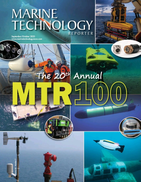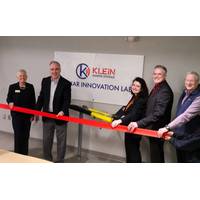
Klein Marine Systems Dedicates Sonar Lab at UNH
Klein Marine Systems, a global leader in sonar technology, announced the dedication of the Klein Sonar Innovation Lab at the John Olson Advanced Manufacturing Center, University of New Hampshire (UNH).Additionally, Klein has renewed its Industry Partnership agreement with UNH’s Center for Coastal and Ocean Mapping/Joint Hydrographic Center (CCOM/JHC). As part of this initiative, Klein Marine Systems has loaned a sonar system to CCOM, providing students with hands-on access to industry-leading technology.
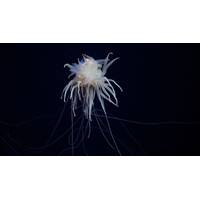
“Flying Spaghetti Monsters” Photographed at Newly Discovered Seamount
Ridge, is one of several global locations under consideration for designation as a high seas marine protected area.The seamount discovery is one of many from a 28-day expedition to the international waters of the Nazca Ridge led by Schmidt Ocean Institute in partnership with Ocean Census and the Center for Coastal and Ocean Mapping/Joint Hydrographic Center at the University of New Hampshire.The newly discovered underwater mountain is over 1.9 miles (3109 meters) tall and supports a thriving deep-sea ecosystem. In addition to mapping the seamount, the team conducted an exploratory dive with an underwater
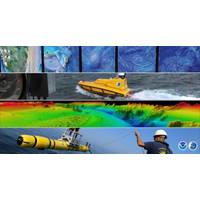
New Ocean Mapping Center Partnership
, Ph.D., NOAA Administrator. “Our continued partnership on the Center of Excellence will help build a workforce ready to tackle the mapping challenges of the future, and further our understanding of our changing ocean and coasts.”“The University of New Hampshire’s world-class Center for Coastal and Ocean Mapping and Joint Hydrographic Center has led the way for more than two decades in ocean mapping, helping ensure safe marine transportation and understanding coastal hazards. This leadership is affirmed by NOAA locating a new Center of Excellence for Operational Ocean and Great Lakes
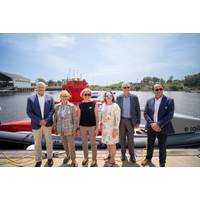
Exail and UNH Open Maritime Autonomy Innovation Hub
, maintenance and training facilities, and providing expertise on maritime autonomy while also training future generations on the use of autonomous vessels.The new hub will be located within UNH’s Olson Advanced Manufacturing Center in Durham, to facilitate collaborative work with UNH’s Center for Coastal and Ocean Mapping (CCOM). University of New Hampshire is considered a leader in the field of ocean mapping research.“We’ve been working together with UNH for the past six years pioneering uncrewed technologies, and we are now capitalizing on our common achievements with the opening
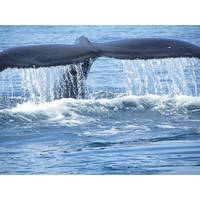
North American Lobster Industry Confronts 'Ropeless' Traps After Whale Entanglements
swims through, color-coded rope for tracing, adding more traps per buoy line, and zone closures during whale migration.But whales are still getting entangled.“It doesn’t look like the solutions we’ve come up with are effective,” said Charles Mayo, senior scientist at the Center for Coastal Studies in Cape Cod, Massachusetts."Not effective to the point we need. We need a growing population. We don’t have that many whales left.”Washington and Ottawa are now promoting ropeless fishing as a possible long-term solution. Traditional lobster fishing uses traps that
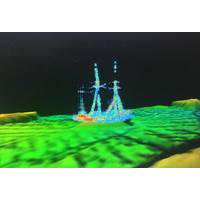
Discovery: Historic Shipwreck Found in Lake Huron
and four other Ironton crew: Mate Ed Bostwick, Sailor John Pope, and two unidentified sailors.Autonomous surface vessel (ASV) BEN pictured in the Rogers City Marina. Image Credit: Ocean Exploration Trust/NOAA Thunder Bay National Marine SanctuaryPilots from the University of New Hampshire’s Center for Coastal and Ocean Mapping operate ASV BEN from the Mobile Lab in Rogers City, Michigan. Image Credit: Ocean Exploration Trust/NOAA Thunder Bay National Marine SanctuaryQUOTABLE: Dr. Robert Ballard, President, Ocean Exploration Trust: “Our team is proud to partner with the Office of National
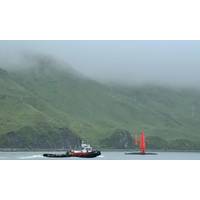
Uncrewed Saildrone to Explore Remote Alaskan Waters
All work conducted will contribute to the Seascape Alaska regional mapping campaign.Data will be collected by the innovative Saildrone Surveyor , the world’s largest and most advanced uncrewed surface vessel for ocean exploration. Along with Saildrone , the University of New Hampshire’s Center for Coastal and Ocean Mapping and NOAA Ocean Exploration staff will manage at-sea operations.The Surveyor is equipped with a suite of instruments to collect acoustic, oceanographic, and meteorological data to support a wide range of research applications. Piloted remotely from shore and powered primarily
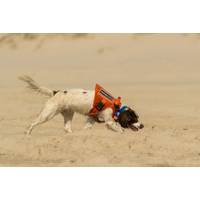
Dogs Trained to Detect Crude Oil on Gulf Coast Beaches
.Now, a few visionary researchers at Texas A&M University-Corpus Christi are interested in training canines to sniff out crude oil on Texas beaches. Poppy, an English Springer Spaniel, and Bin, a German Shorthaired Pointer, are part of the university’s new Oil Detection Canine study.At the Center for Coastal Studies (CCS), housed within the College of Science and Engineering at Texas A&M-Corpus Christi, a team is currently focused on training Bin to differentiate between naturally occurring weathered oil (tar balls) and fresher crude oils (example: oil spills) up to three feet below the sand
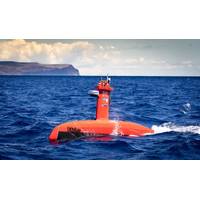
DriX USV Delivered to UNH CCOM
The University of New Hampshire’s Center for Coastal and Ocean Mapping (UNH CCOM), as a member of the Ocean Exploration Cooperative Institute (OECI), funded by NOAA Ocean Exploration, took delivery of an iXblue DriX Uncrewed Surface Vehicle (USV) and its Universal Deployment System. The autonomous solution will help expand the footprint and efficiency of the OECI’s ocean exploration operations. Delivered in July to UNH CCOM, DriX and its novel Universal Deployment System have completed sea acceptance trials and extensive personnel training during the summer of 2021 as well as integratio
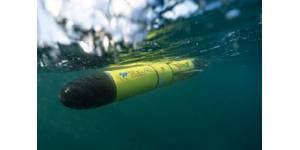
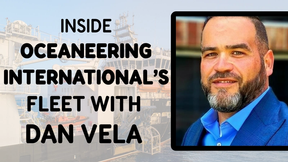
 August 2025
August 2025


